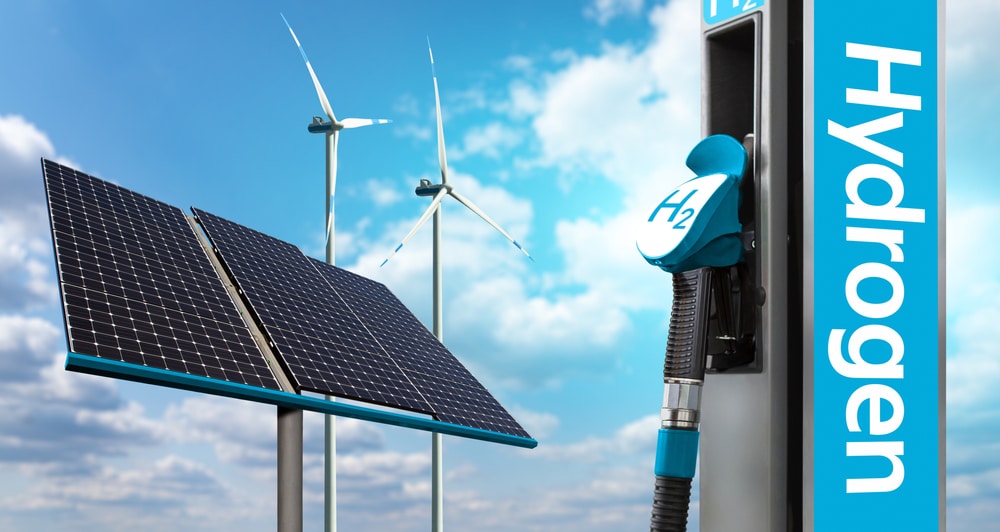Australia’s plans to become a hydrogen global powerhouse have commenced, with three regional projects given the green light by the Federal Government.

The Australian Renewable Energy Agency (ARENA) has awarded the funding to the three electrolyser projects, which include:
- Yara Pilbara Fertiliser: $42.5 million for a 10 MW addition existing ammonia facility in Karratha, WA.
- ATCO Australia: $28.7 million for a 10 MW electrolyser to be included in the Clean Energy Innovation Park at Warradarge in WA.
- Australian Gas Networks Limited: (AGIG): $32.1 million for a 10 MW electrolyser that will be used for gas blending at Wodonga, Victoria.
Karratha and District Chamber of Commerce and Industry President Tony Simpson believes this emerging industry has the potential to be bigger than LNG.
“We’re known for iron, we’re known for mining nickel, gold and LNG, and now we’re going into hydrogen, which is another whole project and another economy in itself,” he said.
“The spinoff back to the town will be huge in terms of job opportunities. What we’re trying to do in Karratha is make it a liveable city.”
What is green hydrogen?
This is created by combining renewable energy and electrolysis to split water. Unlike grey hydrogen, which is created from methane and creates harmful emissions, the green variant’s only by-product is water. There are no emissions from the renewable energy sources used to create it either.
It has many purposes, such as creating green steel, powering households through existing gas networks, transporting renewable energy in a carrier like ammonia, and used as a zero-carbon fuel for transport and shipping.
Why this investment comes close, but not close enough
In the short term, this hydropower will be blended with non-renewable liquified gas in a bid to reduce the carbon emissions of our gas network. Australian Hydrogen Council chief executive Fiona Simon said it could ultimately put our country on the global map – as long as there was good policy to match the biggest electrolysers in the world.
“This type of investment is the boost that the industry needs to progress commercial, large-scale projects,” Dr Simon said.
“This investment should be matched with good policy to encourage demand and improve the economics of producing hydrogen, which will ultimately increase supply.”
Australia’s plans to become a global powerhouse
Two of the elements required for a thriving industry are an abundance of renewable energy sources and plenty of space – two things our country has in spades. The third element is electrolysers – and we are beginning to invest in this technology to realise our potential.
Our government has already signed off on the Hydrogen Energy Supply Chain (HESC) to export to Asian nations, with Japan the first cab off the rack. The marketplace is set to reach $11 trillion in the coming years, and we are poised to capitalise on that.
Are you looking to make a difference and save money on your electricity bills at the same time? Solar power will save you thousands. Contact the team at Energy Matters for a free solar quote.












































